Three facades in the Netherlands: De Klerk, Brinkman and Berlage
January 20, 2014

Housing by Michel de Klerk in Zaanstraat / Justus van Effen complex by Brinkman in Rotterdam / South Amsterdam by H. P. Berlage
Michel de Klerk’s work (image 1) is one of the most significant of what was to be called the Amsterdam School and was closely linked to the expressiveness of the brickwork and a highly ornamental component.

Housing by Michel de Klerk in Zaanstraat (Amsterdam). Image by a+t research group
Brinkman (image 2) aimed to simplify the paraphernalia of Dutch facadism and let the facade contribute, in a simple way, to the austerely monumental nature of the wall. On the exterior of the Justus van Effen complex he uses dark brick and white frames on the vertical openings. He modulates the facade with slight patterns on the frontage and leaves the concrete exposed on the large lintels of the arches.

Justus van Effen complex by Brinkman in Rottterdam. Image by a+t research group
H.P. Berlage (image 3) defended that “the wall is to be displayed in its pristine bareness. Only this way can its capacity to shape space be displayed.”

Housing in South Amsterdam by H. P. Berlage. Image by a+t research group
PUBLICADO EN:


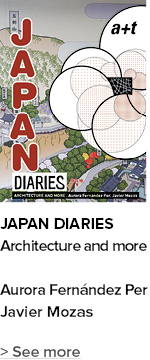






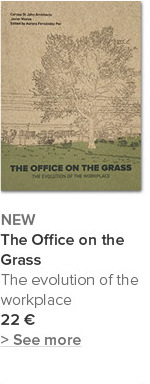

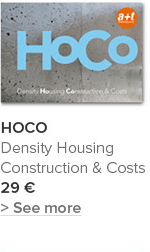

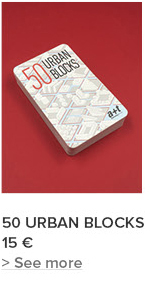


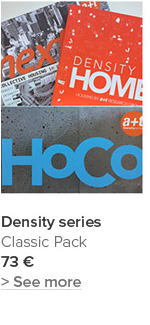









 I've read and agree to
I've read and agree to 


